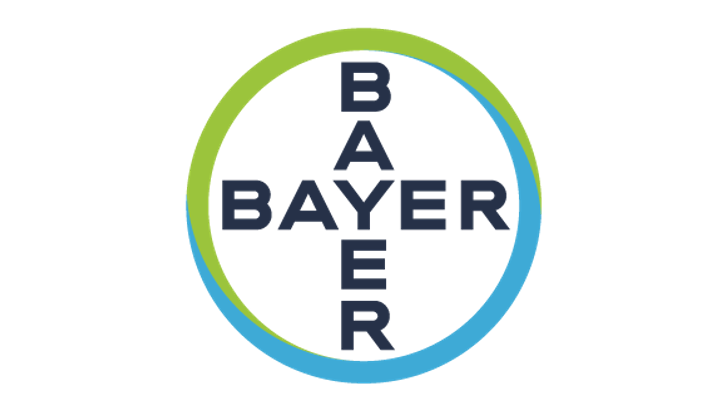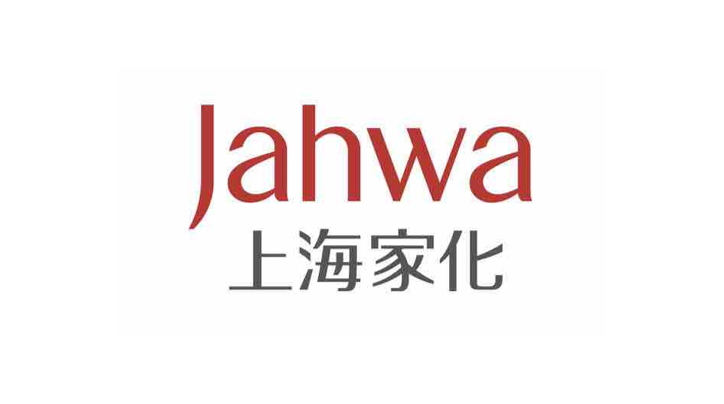The principle of Mirco-texture is a natural infiltration phenomenon. When the ink is injected on the surface of the printing materials such as paper, the ink will be diffused naturally on the paper, and every microscopic serration occurred is distinctively.
Micro-texture is a naturally formed random physical feature with randomness, uniqueness and irreproducibility. The use of AI image recognition to identify whether the microscopic serrations match can accurately identify the authenticity.


A、The misconceptions of traditional
anti-counterfeiting
1. Making an anti-counterfeit feature in an attempt to make it impossible for others to imitate it. However, theoretically speaking, counterfeiters with the same conditions will definitely be able to imitate it again.
2. The manufacturing process of anti-counterfeiting features is itself a process of continuous copying. It provides the counterfeiters with the genes to replicate and clone again.
3. A batch of products adopts the same anti-counterfeiting feature (mark), not the only one for each product, which provides counterfeiters with a basis for lowering counterfeiting costs and making larger profits in terms of counterfeiting costs.
B、Jumping out of the traditional anti-counterfeiting misconceptions
1. Change the human-made anti-counterfeiting features to non-human-made anti-counterfeiting features.
2. Changing from printing an anti-counterfeiting mark on the product to designating a mark on the product to prevent counterfeiting.
3. Change a batch of products with one anti-counterfeiting feature to one product with one anti-counterfeiting feature.
-
 Micro- photography
Micro- photographyPrinters micrograph the micro-texture part in local.
-
 Cloud Storage
Cloud StorageExtract micro-texture feature and store it onto cloud database.
-
 AI recognition
AI recognitionAI stores and recognizes images and automatically learns features.
-
 Code Scanning
Code ScanningConsumers scan/shoot the QR code on the product and upload photos.
-
 Cloud Verification
Cloud VerificationPhotos uploaded to cloud database for AI image recognition and verification.
-
 Result Reception
Result ReceptionConsumer receives the conclusion of authenticity.






















